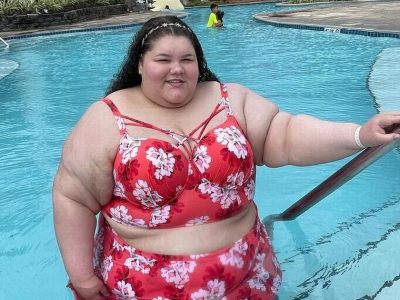
“They’ve taken away spring, isn’t that terrible?” But who are these “they”? “Well, the universe!” So, in my five-year-old son’s mind, the forces of the universe, like supervillains, have taken away spring, since it’s been raining for six months and nothing seems to be in its place. I didn’t have the heart to reply that the 40 billion tons of carbon dioxide that humans pumped into the atmosphere last year are more likely contributing to climate disruption. My nine-year-old daughter took this into account in her own way, explaining to me in October that we were entering “étomne,” an astonishing contraction of “été” (summer) and “automne” (autumn), justified by the fact that we were sweating profusely when the leaves were already falling from the trees.
There’s an obvious contradiction between what illustrated books about the four seasons tell us and what my children experience. Their world is already different from mine at their age. Worse still, I know, in part, what their future will look like, without being versed in geomancy. In the sixth report of the Intergovernmental Panel on Climate Change (IPCC) is a timeline running from 1900 to 2100. It is divided into five horizontal bands, each representing a different global scenario for greenhouse gas emissions, from the most optimistic to the most pessimistic. In the middle of the frieze is the silhouette of a child born in 2020.
The figure becomes an adult in the 2040s. In all scenarios, the human being depicted is living out his old age amid colors ranging from orange to dark purple, like a palette on a heatwave weather map. With every ton of carbon sent into the atmosphere by my travels, my heating or my purchases, I contribute to pulling the silhouette toward the purple. But that doesn’t mean I’ve become a zero-carbon being, which is constantly nagging my maternal brain. Climate guilt, admittedly, is very tiring.
Tales from faraway lands
Others share this burden, unfairly distributed since it affects the very people who look environmental reality in the face. Like Michael, 50, who even helped negotiate international climate agreements as a diplomat, yet suffers from “dissonance.” “I know what’s coming, I know all too well the yawning gap between what we’re doing and what we should be doing – individuals, communities and states. I’ve done my best, and yet I haven’t been able to give up travel, plastic, beef or Nutella. I eat too much, I emit too much, I consume too much, and I can’t explain this inconsistency. Neither to myself nor to my children,” he admitted, writing to Le Monde. Michael is not alone in this uncomfortable position.
You have 65.81% of this article left to read. The rest is for subscribers only.










